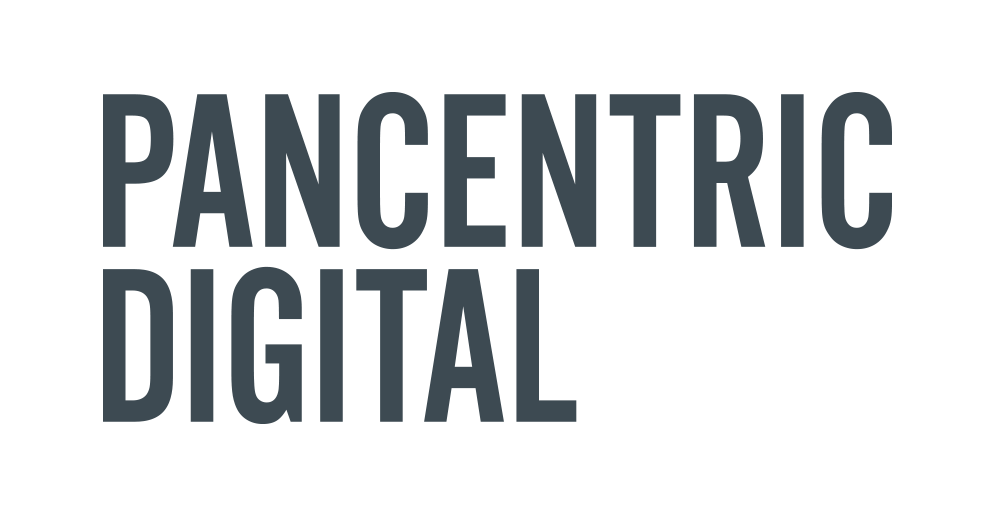What is CRO?
Whether it’s to join your newsletter mailing list, attend your upcoming event (not to mention, of course, sign up as a new customer), there’s a “point” to your platform or campaign. You want visitors to actually do something specific. You need them to convert.
Evidence suggests that many businesses are struggling to make this happen. In fact, according to Econsultancy, just 22% of businesses are happy with their conversion rate.
CRO seeks to address this. If conversions are flatlining, it could be that you’re attracting the wrong audience: they came, they saw - but they then quickly realised that your service offering wasn’t relevant to them. Alternatively, those visitors are in fact in the market for your service; it’s just that after experiencing your website or platform, they decide to go elsewhere. It could be (and often is) a combination of these two things.
You need to optimise your strategy; to identify what’s going wrong and address it.
Why should my organisation focus on CRO?
CRO should be a priority for two important reasons:
1. Making your budget work harder
40% of surveyed managers told Econsultancy that they struggle to prove the ROI of their marketing strategies. Through assessing and testing each of the elements of your marketing campaign, from the audience you are targeting through to the colour and positioning of your sign-up button, it could dramatically increases the chances of success.
Optimisation is a learning process; establishing what works for your potential customers - and what doesn’t. It can remove the guesswork and inform you where and how to target your budget, helping you achieve buy-in for future campaigns.
2. Optimisation is a must for niche campaigns
There is only ever a finite number of potential customers out there; something that’s especially true for a niche offering.
From its digital presence, a particular consultancy might set itself the goal of capturing 20 prospect clients a month. It’s currently getting half that through 5,000 monthly unique visitors.
To hit target, that business could focus on doubling its reach, with the expectation that twice the number of target visitors will result in a corresponding rise in the conversion rate.
But what if all those additional prospects simply aren’t out there? Or (more likely), if reaching them is going to involve a significantly higher ad spend?
In all markets - especially niche ones - visitors are hard won. ‘Making the most of what you’ve got’ is a big part of CRO; ensuring that the resources you’ve devoted to reach extension are not wasted.
CRO: The essential elements
Areas to focus on in conversion rate optimisation include the following:
- Copy and tone. The better your insights into your clientele, through well-researched audience personas, for instance, the easier it becomes to hit home when communicating with them.
- Calls to action. The wording, tone and design of your CTA demands careful consideration and testing. Not least, if the conversion in question is relatively early in the buyer journey (e.g. it’s a case of ‘sign up for further information’), a different and less salesy tone will likely work better compared to the ‘click to purchase’ stage.
- Special offers and promotions. These are often directly linked to paid ads - and so demand careful optimisation to avoid throwing money away!
- Live chat and other customer service features. It may just be a simple sticking point preventing customers from moving to the next stage. Real time chat can be the quickest, most efficient way of resolving it; far less frustrating for your customer than ploughing through the FAQs or T&Cs.
- Reviews. Positive reviews are among your most valuable assets, demonstrating the value of your product/service and reassuring new customers that they’re making the right decision. Look carefully at how and where you make them visible for maximum impact.
Ready to implement?
Optimisation is an ongoing process. From the layout and design of your landing pages (right down to your choice of font) through to granular PPC tracking, it involves ongoing multivariate testing and improvements. You take each element of your digital campaigns to consider what could be done better. Equally as important, be sure to look at your digital presence holistically, reviewing the experience you offer from your customers’ perspective. All of this should be geared to creating a seamless buying journey that meets prospects’ needs and expectations - and increases the likelihood of conversion.
Contact us today to find out how our team of digital marketing and CRO specialists can help you optimise your digital brand experience to drive revenue.





